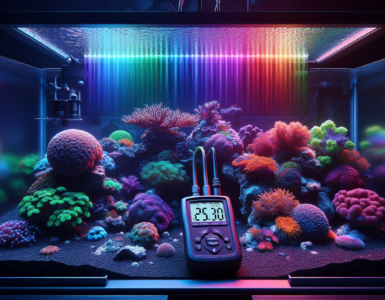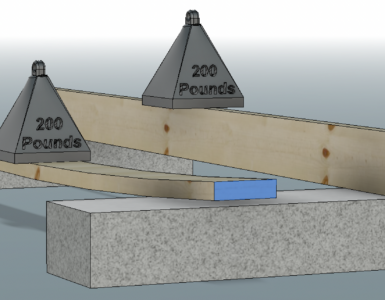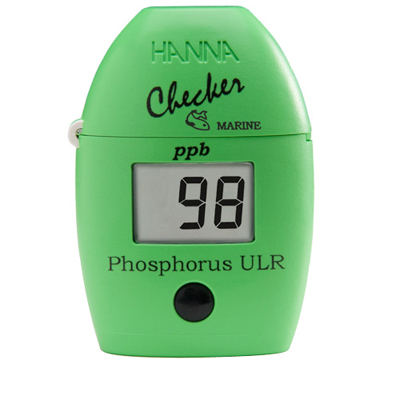The concept is rather simple. Removing (dirty) water from the aquarium and adding new (clean) water helps to reduce unwanted organic compounds and other nuisance compounds by the simple means of dilution. That is easy enough to understand, but how often and how much water need to be changed to prove effective?
The reality is that most reef keepers have been lulled into a false sense of security regarding the actual effectiveness of using water changes to reduce or eliminate problematic substances in the aquarium. It would be beneficial to understand how the volume and frequency of the aquarium water changes directly correlate to the effective reduction of nitrate, phosphate and other compounds.
Moreover, the aquarist may also want to understand how the same action of dilution to reduce unwanted compounds, also affects calcium and alkalinity levels.
The Nitrogen Cycle – a Daily Battle
If you want to read in-depth information about aquarium chemistry and the nitrogen cycle then Randy Holmes-Farley’s articles are the perfect resource. The simple version is that Fish poo and uneaten food accumulate in the aquarium and break down into organic compounds (ammonia, nitrate, phosphate.etc.) that must be removed from the water column. There are many ways to reduce the waste, such as mechanical filtration, biological filtration and chemical filtration, before and after it breaks down in the water column.
Regardless of the method(s) employed, aquarium water changes are also an effective means of reducing the concentrations of unwanted compounds and/or boosting the concentrations of desirable compounds (calcium, magnesium, etc.).
Effectiveness of Aquarium Water Changes
In general these waste byproducts accumulate over time. By doing regular water testing, one can estimate the daily rise (or fall) of a given parameter use the measured values to estimate future levels. The effectiveness of the water changes depends on the size and number of water changes compared to the rate of accumulation of the unwanted compound. The water used for the change may or may not have some measurable amount of the compound as well. This can be accounted for in the calculations as well.
Please see the following timeline, illustrating aquarium water changes done one a day.





Add comment